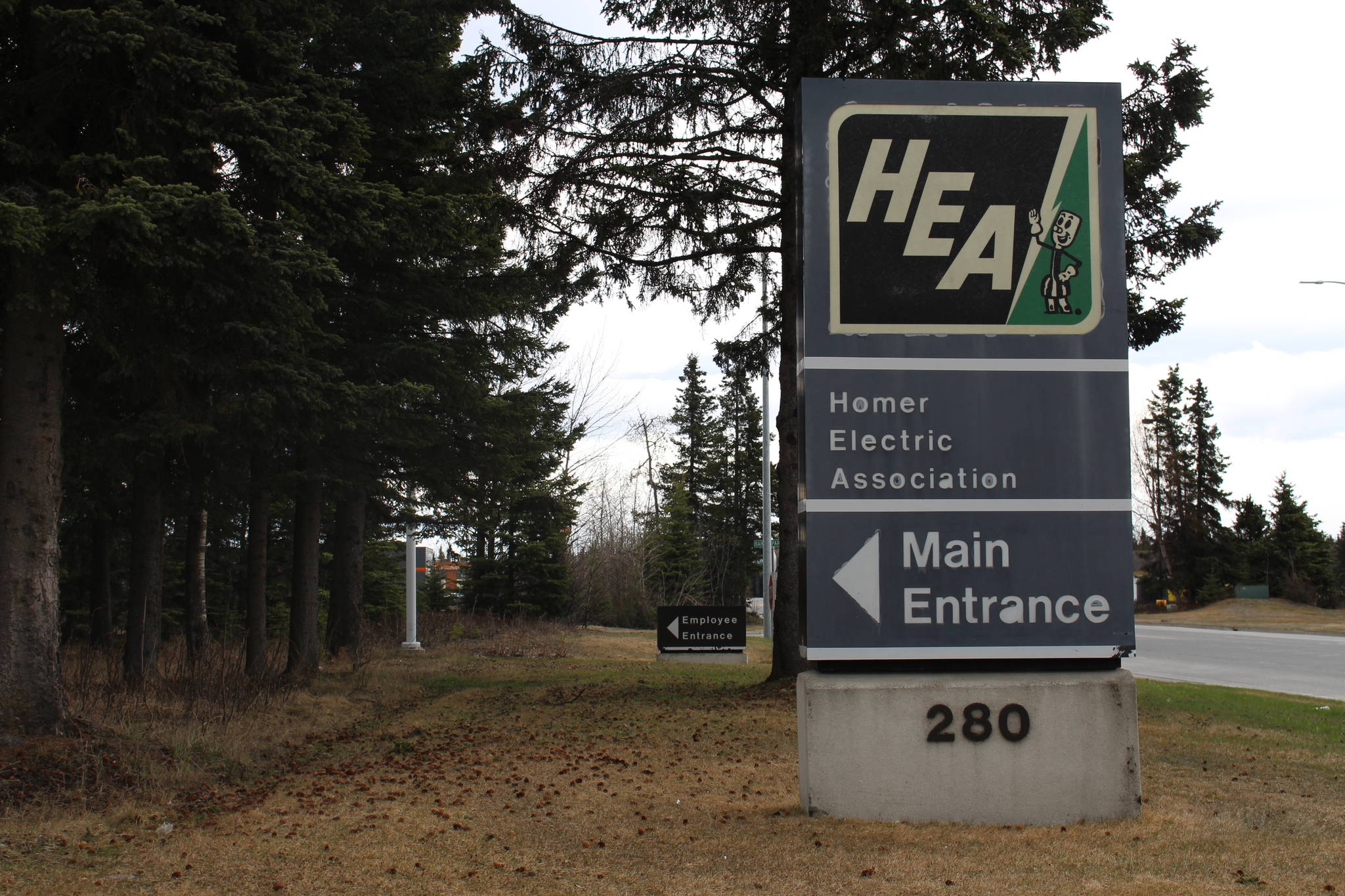The Homer Electric Association plans to implement a new system in October that is meant to balance the energy between renewable and nonrenewable sources, according to officials at the company.
The new project is a battery energy storage system, which HEA Director of Member Relations Keriann Baker said is basically just a bunch of 52,000-pound battery packs.
“It’s actually a really cool project,” Baker said of the $38 million initiative, which HEA paid for.
Larry Jorgensen is the Director of Power, Fuels and Dispatch at HEA, and one of the officials to spearhead the project.
“We plan on being able to run our system more efficiently,” Jorgensen said.
He said members of the HEA board wanted the company to increase its renewable energy efforts. The new battery energy storage system will be used to balance the backup energy, which Jorgensen said is more cost-efficient than using a thermal source.
He said using nondispatchable renewable energy — that is, energy that can’t be scheduled, like solar and wind — customers kind of get whatever they can, depending on the available natural energy of any given day.
With the new system, HEA will be able to harness nondispatchable energy for power sources in the case of both a surplus or shortage. This means if there is not enough wind power to fuel the community, the battery energy storage system can make up the difference. On the other hand, if there is a surplus of wind power one day, the battery energy storage system can also absorb that renewable energy.
“It will be a fully monitored and integrated system,” Jorgensen said.
Baker said HEA is investing in this initiative to bring rates down, but also to use greener energy. It is likely that the battery energy storage system will help HEA to meet its renewable energy goal of 50% by 2025.
HEA isn’t sure if customers should expect a change in their bill because of the initiative, but Baker said that if that were to happen in the future, it would come from a lengthy rate case with the Regulatory Commission of Alaska.

